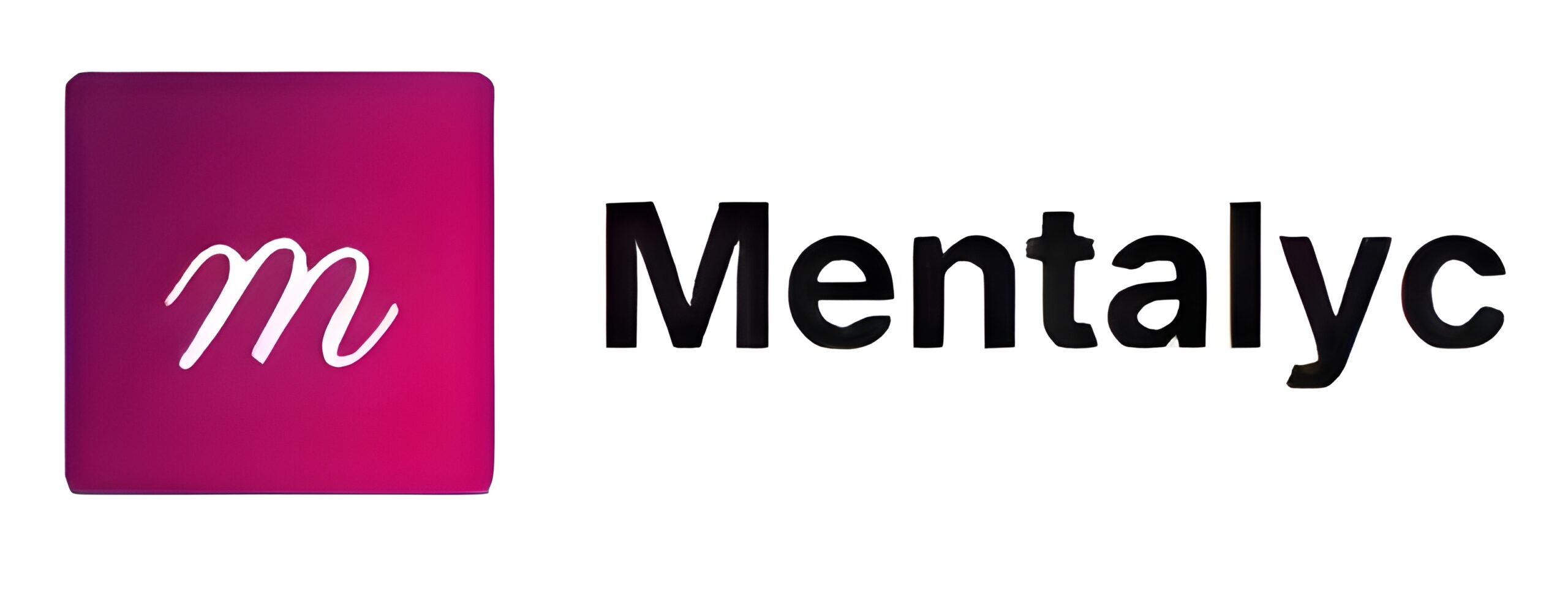Have your progress notes written for you automatically
Behavioral health insurance covers treatments for mental health conditions and substance use disorders. Common services include therapy, counseling, medication management, inpatient treatment, and group therapy. Unlike general medical insurance, behavioral health coverage often involves unique regulations, such as parity laws, which mandate equal treatment for mental and physical health conditions.
Behavioral Health Insurance Key Terms and Concepts
Much like physical health insurance regulations, behavioral health insurance regulations have key terms and concepts which show up in insurance coverage forms. These terms include:
- Deductibles: The amount patients must pay out-of-pocket before their insurance begins covering costs.
- Copayments and Coinsurance: The patient’s share of the cost for services after meeting the deductible. Copayments are flat fees, while coinsurance is a percentage.
- In-Network vs. Out-of-Network: In-network providers have agreements with insurers to offer services at lower rates, whereas out-of-network providers may result in higher costs for patients.
- Parity Laws: Enacted through the Mental Health Parity and Addiction Equity Act (MHPAEA), these laws require insurers to offer behavioral health benefits comparable to medical and surgical benefits.
For providers, it is important to understand that your clients and patients will have different types of insurances and each insurance plan will dictate how much is due at time of service, how much will be reimbursed and what you may need to provide to your clients and patients so they can submit their claims.
Types of Behavioral Health Insurance Plans
Private Insurance: Most patients receive behavioral health coverage through employer-sponsored plans or individual plans from health insurance marketplaces. These plans vary in terms of deductibles, copayments, and covered services. Providers must familiarize themselves with these differences to help patients navigate their options.
Public Insurance:
- Medicaid: A vital source of behavioral health coverage for low-income individuals and families. Coverage varies by state but typically includes therapy, medication, and inpatient care.
- Medicare: Provides behavioral health benefits for individuals aged 65 and older or with certain disabilities. Covered services include psychotherapy, counseling, and screenings, with specific guidelines regarding provider qualifications.
- State Programs: Many states supplement federal programs with additional behavioral health initiatives tailored to local needs.
Employee Assistance Programs (EAPs): EAPs offer short-term counseling and referrals to help employees address immediate behavioral health concerns. While limited in scope, they can serve as a gateway to more comprehensive care.
Credentialing and Contracting with Insurers
Understanding Credentialing: Credentialing is the process insurers use to verify a provider’s qualifications, ensuring they meet specific standards for inclusion in the network. Steps typically include:
- Submitting documentation such as licenses, certifications, and references.
- Undergoing background checks and practice audits.
Negotiating Contracts: When entering into contracts with insurers, providers should carefully review terms related to reimbursement rates, claim submission deadlines, and termination policies. Providers should also advocate for fair compensation that reflects the complexity and value of behavioral health services. They must also understand the implications of being in-network versus out-of-network and how this affects patient access and provider revenue (Handel, Kolstad, Minten, & Spineewijn, 2024).
Each insurance will have similar types of form requirements when getting credentialed as a new provider, however some insurances may require specific types of licensure, reimbursement from insurance to insurance may differ and the timeline in which it takes to become credentialed can also vary. Sometimes credentialing can take 2 weeks, other times it can take 3 months. It’s important to look into these timelines ahead of time if you are looking to bring on patients who have that type of insurance and be transparent in what your fee for service would be.
Billing and Coding for Behavioral Health Services
Accurate coding is critical for timely reimbursement. Key codes include:
- CPT Codes: Used for psychotherapy (e.g., 90834 for 45-minute sessions, 90837 for 60-minute sessions).
- HCPCS Codes: Cover additional services, such as group therapy or substance use treatment programs.
- Modifiers: Provide additional details about the service, such as indicating telehealth delivery.
Common Billing Challenges:
- Denied Claims: Often result from incorrect codes, insufficient documentation, or lack of preauthorization. Providers should stay updated on insurer requirements to minimize errors.
- Preauthorization: Many insurers require approval before certain services can be rendered. Navigating these requirements efficiently is essential for uninterrupted care.
Billing is one of the biggest obstacles with using behavioral health insurance and it is important to learn what the expectations are for each insurance in terms of what they require for full reimbursement. Providers should keep thorough records of their notes and ensure their documentation supports the appropriate billing code. There are best practices around private practice billing that you should consider in terms of managing billing services (Mathews and Makary, 2020).
The basics steps to submit claims include:
- Documentation: Ensure patient records align with the requirements of the insurer, including detailed notes about diagnoses, treatments, and outcomes.
- Accurate Coding: Use the correct CPT, HCPCS, and ICD codes to describe services provided.
- Claim Submission: Submit claims promptly through the insurer’s preferred portal or process.
- Follow-Up: Regularly check the status of claims to address any issues quickly.
Dealing with Denied or Delayed Payments:
- Appealing Denials: Providers can challenge denied claims by resubmitting with corrected information or providing additional documentation. Be sure to remember to look at the timeframe that appeals can be submitted. There is often a window of time providers have to correct their claims and resubmit for reimbursement.
- Timely Reimbursement: Developing a system for tracking claims and maintaining organized records helps ensure timely payments.
Appealing denied claims is a crucial part of the reimbursement process. Providers should:
- Understand the Reason for Denial: Insurers provide explanations of denial, often due to incorrect coding, lack of documentation, or non-covered services. Identifying the issue is the first step.
- Gather Supporting Documentation: Collect any additional evidence, such as treatment notes or prior authorization forms, to strengthen the appeal.
- Follow Insurer Guidelines: Each insurer has specific procedures for appeals, including timelines and required forms. Adhering to these guidelines increases the chances of a successful appeal.
- Draft a Strong Appeal Letter: Clearly explain why the claim should be approved, referencing policy terms and attaching supporting documentation.
- Track the Appeal Status: Monitor the appeal’s progress and follow up regularly with the insurer to ensure timely resolution.
- Learn from Denials: Use denied claims as a learning opportunity to improve future billing practices and avoid repeat errors.
Compliance and Legal Considerations
HIPAA and Behavioral Health Records: Behavioral health records often include sensitive information, such as psychotherapy notes. Providers must comply with HIPAA regulations to protect patient confidentiality while ensuring records meet insurance documentation standards.
Parity Laws and State Regulations: Federal and state parity laws require insurers to treat behavioral health services comparably to physical health services (Carlo, Barnett, & Frank, 2020). Providers should:
- Stay informed about changes in laws and regulations.
- Advocate for enforcement of parity laws to ensure equitable treatment for patients.
Enhancing Patient Experience with Insurance
Patients often face confusion about their insurance benefits. Providers can support them by explaining how their insurance plan works, including coverage limitations and out-of-pocket costs. Offering resources, such as brochures or links to insurer websites, to help clarify the process. Communicating costs and coverage as this transparency builds trust. Providers should also discuss potential costs upfront, including any copayments, coinsurance, or services not covered by insurance. Providers should give patients with detailed explanations of billing practices and offer payment plans if necessary.
Future State in Behavioral Health Insurance: Behavioral health insurance policies continue to change and evolve over time. These changes began suddenly during the COVID19 pandemic and we continue to see the utilization of these increasing year by year. These key trends include:
- Telehealth: The rise of telehealth has expanded access to behavioral health services. Many insurers now cover telehealth sessions, making it essential for providers to understand billing and compliance for virtual care (Cantor, et al., 2022).
- New Technology: The use of electronic health records (EHR) systems and integrating billing software to streamline administrative tasks is another way practices are improving efficiency and accuracy in their billing.
- Expanded Medicaid coverage for behavioral health services in some states. This includes changes in licensing exceptions for certain clinicians.
- Anticipated updates to parity laws to address lingering disparities in coverage. This may change the reimbursement rates of certain billing codes and put into law a standard of behavioral health benefits.
- Increased focus on integrated care models that combine physical and behavioral health services. Many ACOs and MCOs may begin to include behavioral health outcomes.
Navigating behavioral health insurance requires a deep understanding of its intricacies. From credentialing and billing to compliance and patient communication, providers must stay informed of the latest trends and regulations. Providers can deliver high-quality care, ensure financial sustainability, and advocate for equitable treatment of behavioral health conditions with proper management of their billing practices. By equipping themselves with knowledge and tools, providers can successfully navigate the behavioral health insurance landscape, ultimately enhancing both patient outcomes and practice success.
References
Cantor, J., McBain, R. K., Kofner, A., Hanson, R., Stein, B. D., & Yu, H. (2022). Telehealth adoption by mental health and substance use disorder treatment facilities in the COVID-19 pandemic. Psychiatric Services, 73(4), 411-417.
Carlo, A. D., Barnett, B. S., & Frank, R. G. (2020). Behavioral health parity efforts in the US. JAMA, 324(5), 447-448.
Mathews, S. C., & Makary, M. A. (2020). Billing quality is medical quality. JAMA, 323(5), 409-410.
Handel, B., Kolstad, J., Minten, T., & Spinnewijn, J. (2024). The Socioeconomic Distribution of Choice Quality: Evidence from Health Insurance in the Netherlands. American Economic Review: Insights, 6(3), 395-412.




